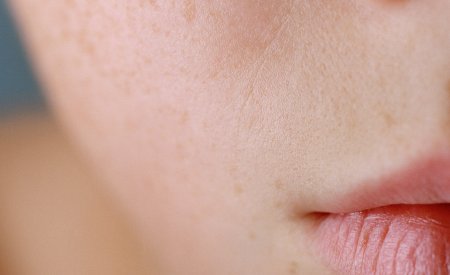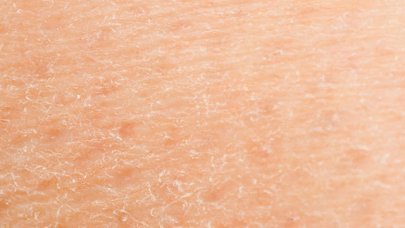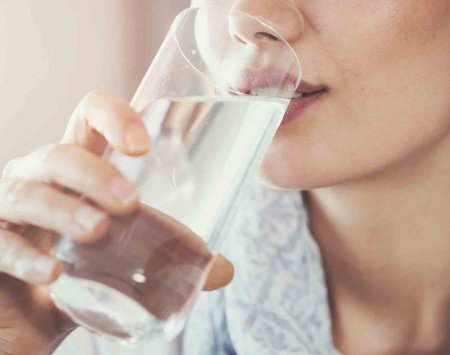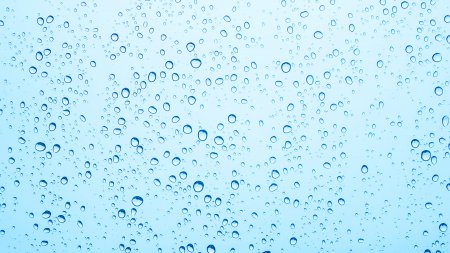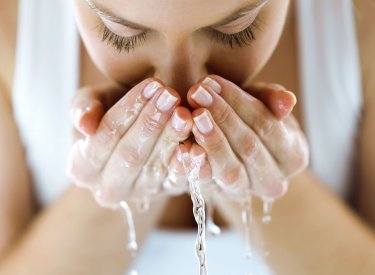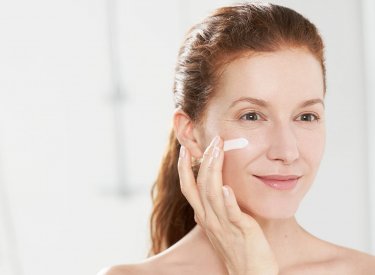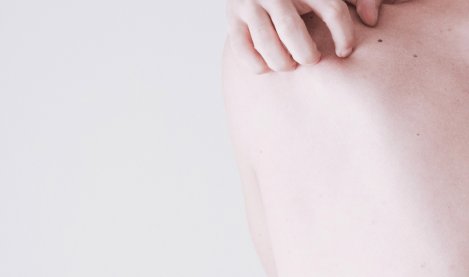2) NMFs (Natural Moisturizing Factors), hydroregulation factors
NMFs are molecules that can bind water within the horny layer; they are called humectants. The most commonly known NMFs are urea and lactic acid.
Other substances used in cosmetics have the same properties; these include glycerine and xylitol.
Water and the Skin’s Barrier Function
The horny layer is made of cells without nuclei that are “cemented” by lipids called intercorneocyte lipids. The right quantity and quality of these lipids is necessary for the horny layer’s integrity and therefore its “barrier” function. When they are lacking or deteriorating, cellular cohesion is no longer guaranteed. The result is an increase in perspiration, also called Transepidermal Water Loss (TWL: permanent, light and natural evaporation of the water found in the body). Well-hydrated skin should be capable of retaining its water, hence the importance of the inter-corneocyte lipids.
What are aquaporins?
Aquaporins are the channels through which water moves in the epidermis. These proteins are made by the keratinocytes (epidermal generating cells) and inserted in their membrane to allow water molecules to pass through. This movement is essential to the skin. The epidermis is not vascularised. All elements required for cellular life (mineral salts, vitamins, nutritional elements, etc.) that are carried by the blood to the dermis reach the surface layers of the skin thanks to aquaporins. Without aquaporins, the epidermis would not be able to “feed” itself.
How can you tell the difference between dry skin and dehydrated skin?
Dehydrated skin is always a temporary condition that can be reversed with appropriate products.
It is an alteration in the superficial layer of the epidermis that lacks water. This lack of hydration disturbs the skin’s barrier function and leads to discomfort.
On the other hand, dry or very dry skin is a permanent condition that describes a particular skin type that is lacking both water and lipids.
Who is affected?
All skin types can become dehydrated in certain circumstances or during particular seasons.
